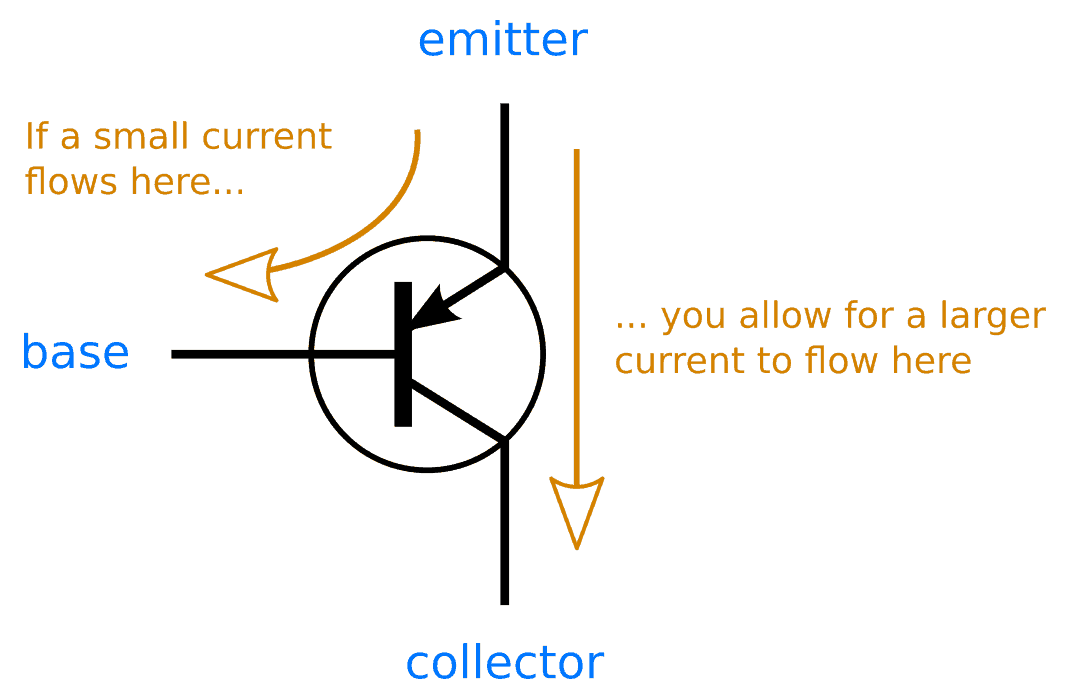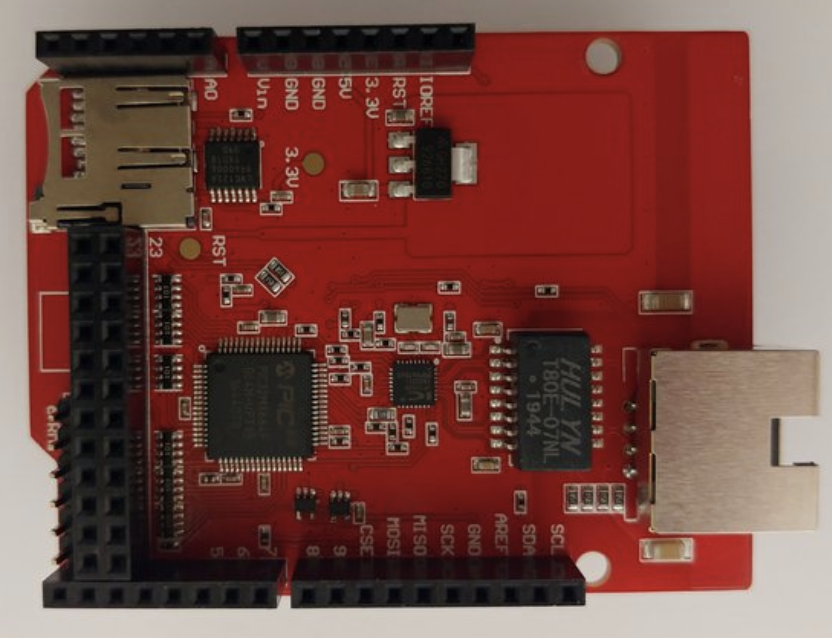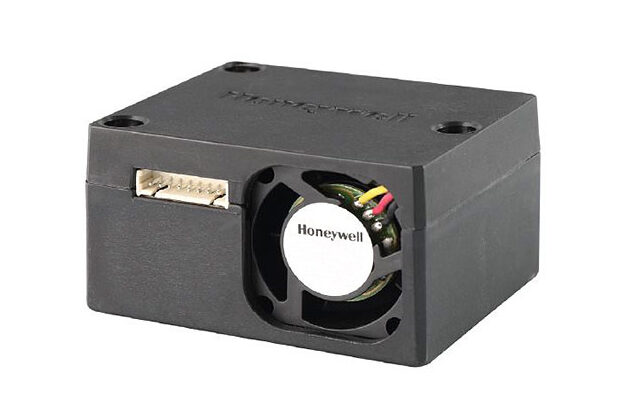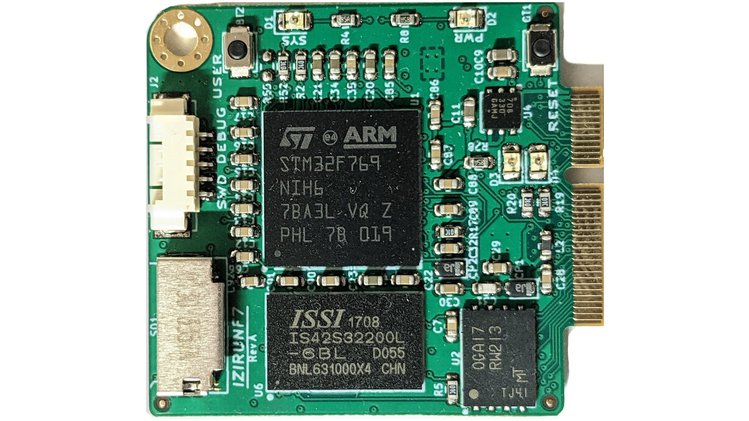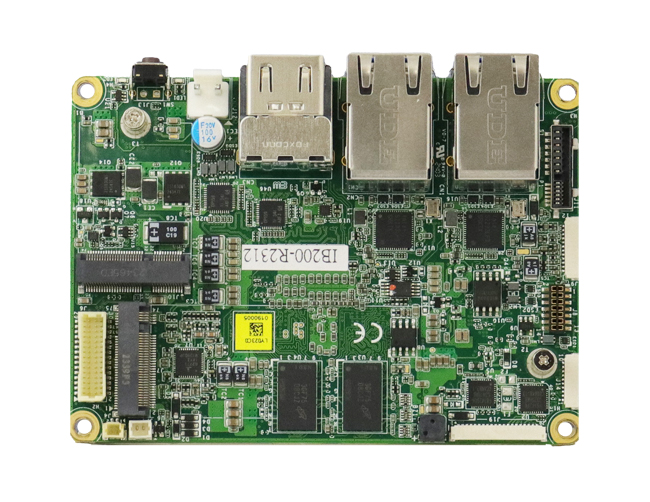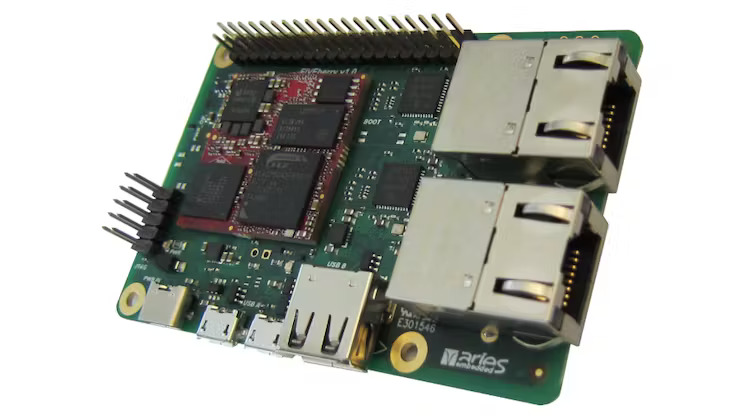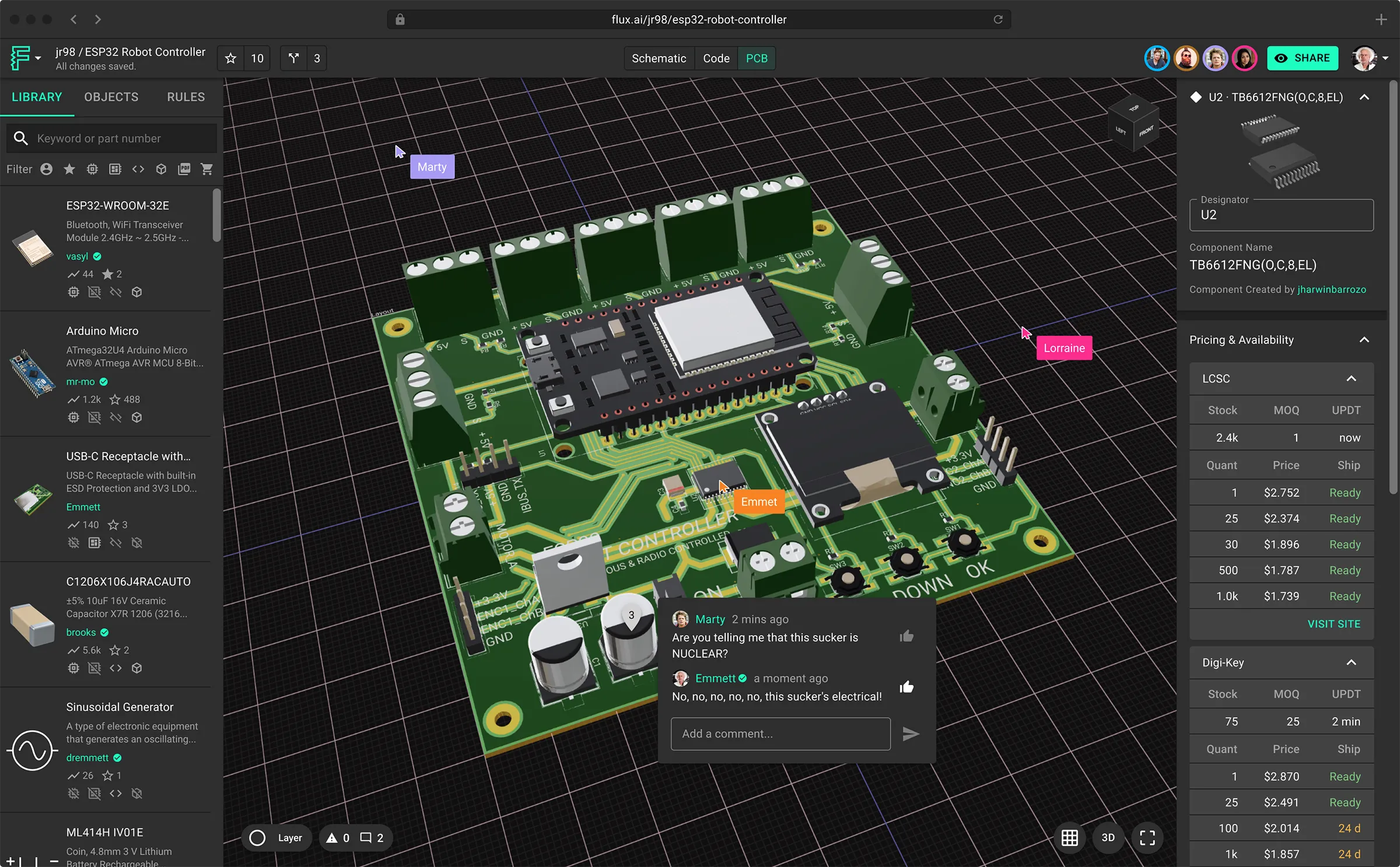
Flux, a collaborative PCB design tool, has emerged from beta testing with a new set of features. The company says its mission is to make PCB design as accessible as possible to everyone, regardless of experience level. Flux is a browser-based PCB design tool that was created to make PCB design more collaborative and efficient. It offers open-source, community-contributed designs and libraries, allowing designers to access libraries full of reusable components and footprints, as well as full circuit blocks that include schematic capture and layout. This makes it possible for designers to quickly and easily find pre-existing designs that can be integrated into their own projects, potentially allowing them to complete a design in a single day.

The tool, which is entirely browser-based, allows for real-time collaboration between team members. Flux believes that this feature is crucial for successful PCB design, as it allows team members to work on the same design simultaneously. Flux provides the same features as a standard design tool, as well as additional capabilities such as live design rule check (DRC), live simulation tools, and generic component design options. Generally, it offers a comprehensive range of design functionalities.
Flux’s software is designed to be intuitive, with a simple drag-and-drop interface that requires no coding knowledge. The software also includes a library of pre-built components, making it easier for users to create complex designs without having to start from scratch.
Flux offers two pricing models: a free version and a paid version. The free version offers all of the basic features of the tool, including real-time collaboration and the drag-and-drop interface. The paid version adds advanced features like the ability to export designs in multiple file formats and access to a larger library of components.
Flux’s CEO, Wagner, says that the company is focused on providing a tool that is accessible to everyone, regardless of experience level.
“We believe that everyone should have access to the tools they need to bring their ideas to life,” Wagner says. “Our goal is to make PCB design as easy and intuitive as possible so that anyone can create a circuit board without having to be an expert.”
The tool has already garnered interest from a number of companies, including hardware startups and large corporations. According to Wagner:
Flux’s software is particularly well-suited for hardware startups, as it allows them to quickly iterate on designs and get products to market faster. Overall, Flux is an exciting addition to the world of PCB design. Its intuitive interface and real-time collaboration features make it an attractive option for both hardware startups and established corporations. As the company continues to develop its software, it will be interesting to see how it evolves and what new features it adds.
For more information, visit the Flux announcement page.






